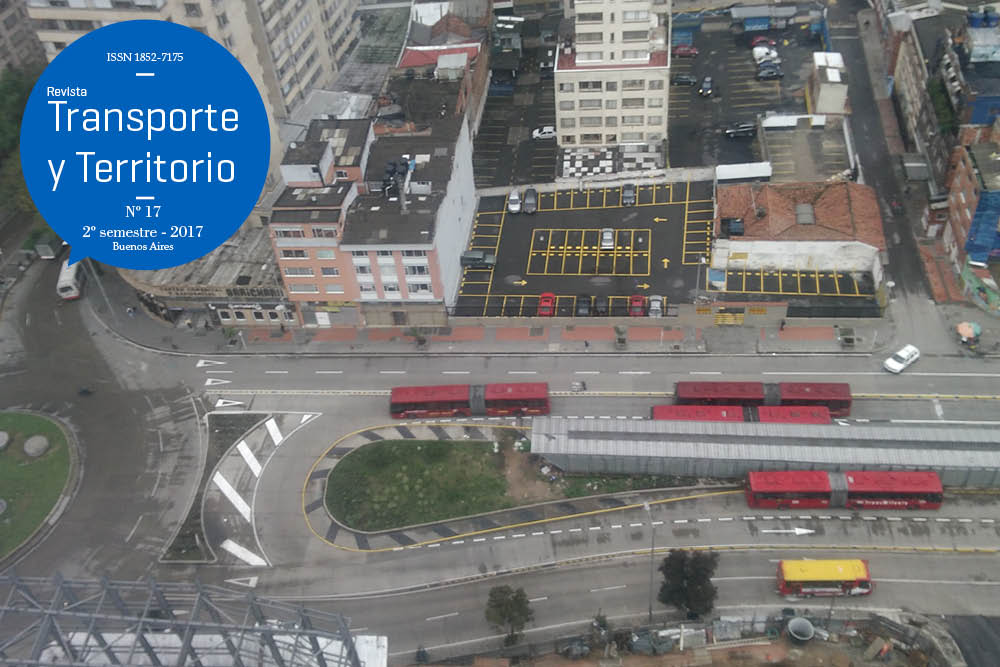Permeability and pedestrian mobility in enclosed social interest housing. Villas de la Hacienda, Municipality of Tlajomulco de Zúñiga, Jalisco, México
Keywords:
permeability, pedestrian mobility, social space, enclosed social interest housing, Mexico
Abstract
In the early years of the twenty-first century, real estate developers built houses, mainly, outside the periphery of the metropolitan areas in México. These areas are characterized by being scattered, fragmented, and located far away from the consolidated urban fabric. Furthermore, the designs of these residential areas were focused on the dependence on private vehicle use and were not adapted to the mobility necessities of inhabitants. For people with low income in Mexico, walking becomes in the main way to move on his proximity space. The aim objective of this paper is to explain how the inhabitants transform the proximity space in order to adapt it to their needs when they walk. As a result of these transformations there is a more permeable and walkable environment which allows to the neighbors to reduce the difficulties to reach their destinations. The research is divided into two phases of the production of space: the first permeability is the produced by public and private sector and the second permeability is the produced by the inhabitants. These phases are analyzed through the Geographic Information System and by the analysis of the qualitative surveys.Downloads
Download data is not yet available.
How to Cite
Argueta Mayorga, J. L. (1). Permeability and pedestrian mobility in enclosed social interest housing. Villas de la Hacienda, Municipality of Tlajomulco de Zúñiga, Jalisco, México. Revista Transporte Y Territorio, (17), 145-171. https://doi.org/10.34096/rtt.i17.3871
Section
Artículos

1.jpg)

3.png)























